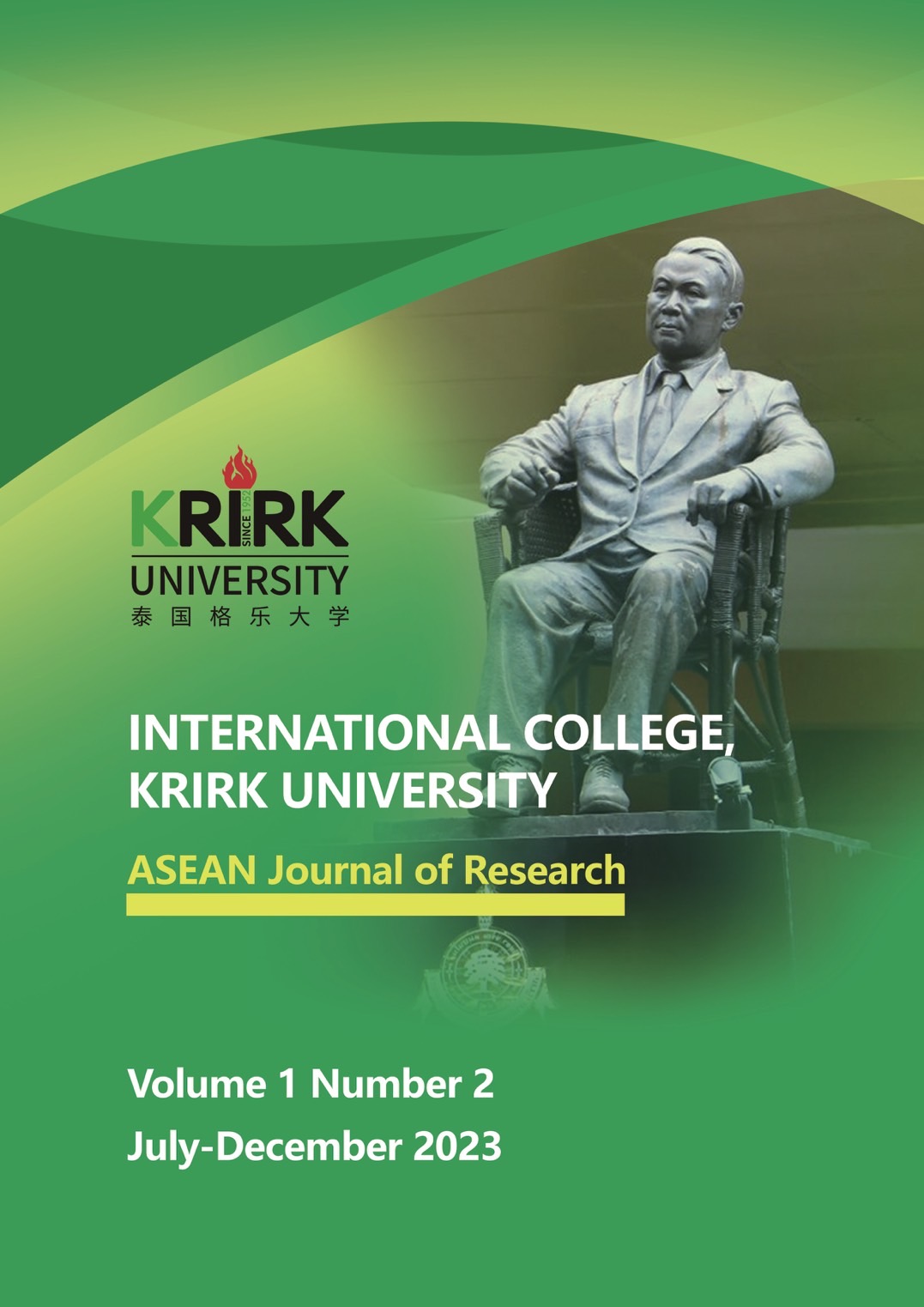Financing Impacts on Chinese Small and Medium-Sized Manufacturing Enterprises Based on the U.S.-China Trade Dispute
Keywords:
small and medium-sized enterprises, US-China trade war, financing constraintsAbstract
This study takes small and medium-sized manufacturing (export) enterprises in China as the research object. In the research methodology used, the impact effects of the financing difficulties of China's SMEs arising from the increase in U.S. tariffs are collated and discussed based on monthly customs data before and after the outbreak of the U.S.-China trade war (starting from the year before the outbreak of the trade war, i.e., 2016, (the latest data available as of August 2020), respectively. First, fill in the gaps in the existing literature and further sort out the underlying data work: which products are specifically involved in the three rounds of U.S. tariff increases (and subsequent exemption policies)? Statistics are compiled on typical facts such as the proportion of trade in products involved in the tariff increase in China's exports, the distribution of industries, and the degree of change in trade volume to visualize the impact of the U.S. tariff increase on China's exports. Second, empirical judgment: What is the negative impact of the increase in U.S. tariffs on the financing of Chinese small and medium-sized manufacturing enterprises? This study empirically investigates, at the normative level, whether small and medium-sized export manufacturing firms have significant financing difficulties in the face of the U.S. tariff hike, using the above-mentioned market segments as examples.
References
Ding, Y.B. and Zhang, H.Y., (2020). The impact of tariff barriers on China's embedding in global value chains. Journal of Wuhan University (Philosophy and Social Science Edition), 73(4), 93-108 (in Chinese).
Eaton, J. and Kortum, S. (2002) Technology, geography, and trade. Econometrica, 70, 1741-1779. DOI: https://doi.org/10.1111/1468-0262.00352.
Jin, Z.Y. and Jin, Y.Y. (2020). Do restrictive trade barriers help promote diversification of product export destinations - A study based on the destination behaviour of Chinese firms' export products, International Trade Issues, 5, 146-160 (in Chinese).
Kalemli-Ozcan, S., Sorensen, B., Villegas-Sanchez, C., Yesiltas, S. and Volosovych, V. (2015). How to construct nationally representative firm-level data from the ORBIS global database, NBER Working Paper Series No.W21558. DOI: 10.3386/w21558.
Liu, J. (2018). An empirical analysis of the impact of green trade barriers on international agricultural trade, taking Sino-US tea trade as an example. Fujian Tea, 12, 20-23 (in Chinese).
Ma, Y. and Chen, Y. (2017). Financial leverage volatility and economic growth. Economic Research, 6, 31-45 (in Chinese).
Song, X.G. and Zhang, L.X. (2019). The impact of U.S. tariff hikes on U.S.-China manufacturing industry-- based on an improved measure of effective tariff protection rate. The Economist, 05, 47-58 (in Chinese).
Wang X.L. and Dong, S.M. (2020). A study of the impact of U.S. steel tariffs on China's steel industry. Modern Economic Information, 16, 36-43 (in Chinese).
Downloads
Published
How to Cite
Issue
Section
License
Copyright (c) 2023 ASEAN Journal of Research

This work is licensed under a Creative Commons Attribution-NonCommercial-NoDerivatives 4.0 International License.
The Copyright belongs to the ASEAN Journal of Research




